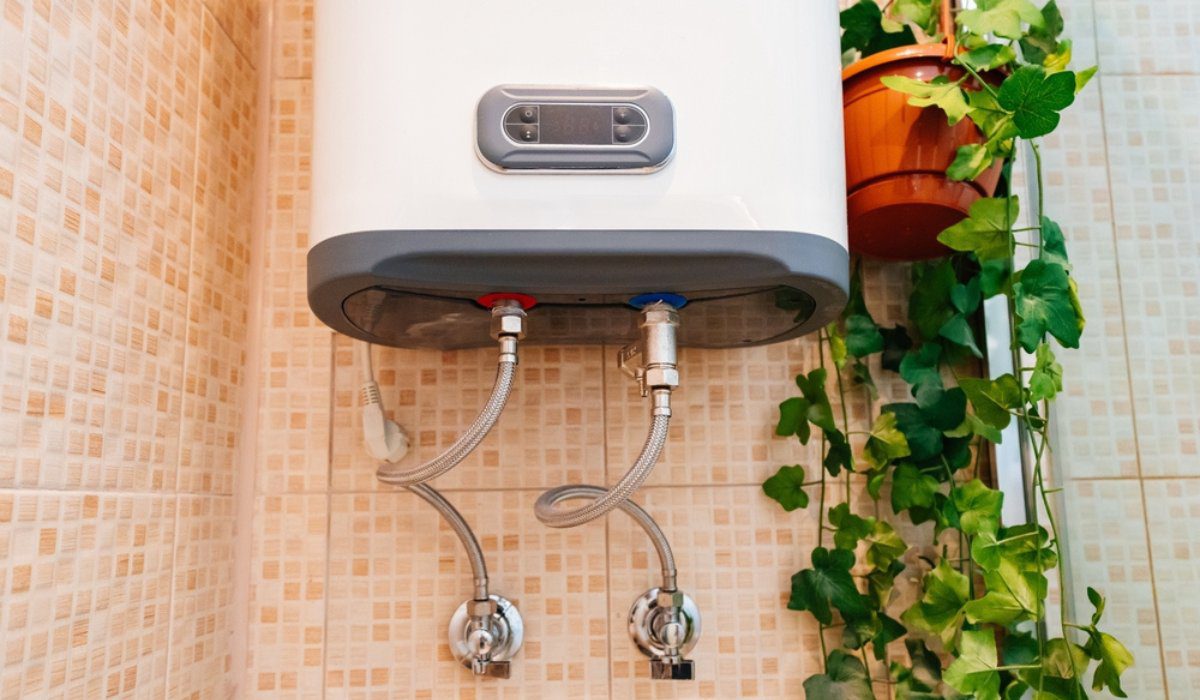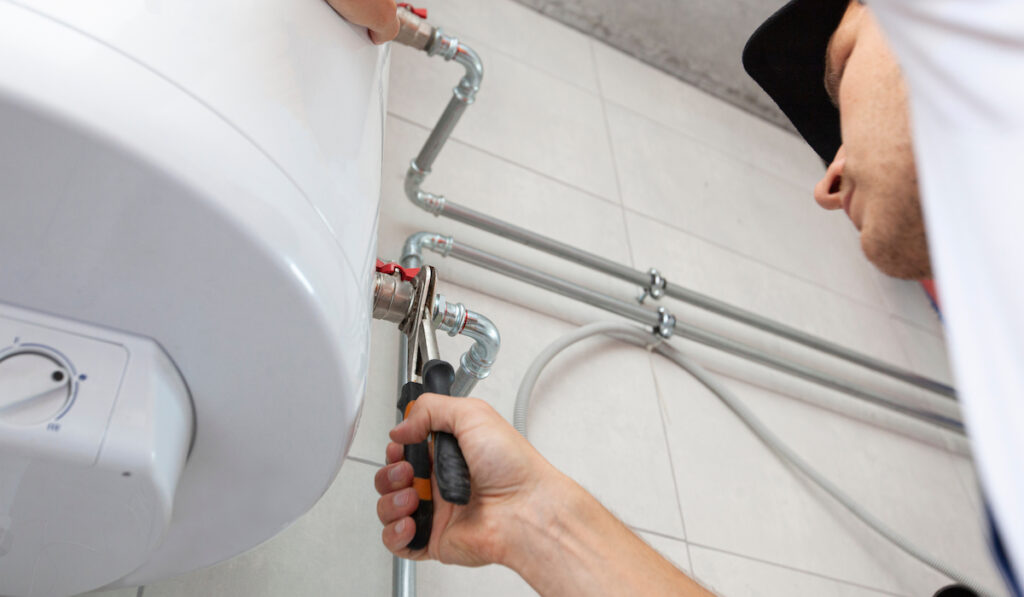Maintaining Your Home's Hot Water System: Essential GuidelinesTips on How to Keep Your Home's Hot Water System in Good Condition
Maintaining Your Home's Hot Water System: Essential GuidelinesTips on How to Keep Your Home's Hot Water System in Good Condition
Blog Article
They are making a few great annotation regarding Water Heater Maintenance Tips You Can't Afford to Forget in general in this content beneath.

Hot water is essential for daily comfort, whether it's for a revitalizing shower or washing meals. To ensure your hot water system runs successfully and lasts longer, routine upkeep is key. This write-up offers functional tips and insights on just how to maintain your home's hot water system to prevent interruptions and pricey repairs.
Intro
Maintaining your home's warm water system could seem challenging, however with a few basic actions, you can ensure it runs smoothly for many years ahead. This guide covers every little thing from understanding your warm water system to DIY maintenance suggestions and recognizing when to call in expert aid.
Significance of Preserving Your Warm Water System
Routine upkeep not only prolongs the life-span of your hot water system however additionally ensures it operates efficiently. Overlooking maintenance can result in reduced effectiveness, greater power costs, and also early failure of the system.
Indications Your Hot Water System Needs Maintenance
Understanding when your hot water system needs interest can avoid major problems. Look out for signs such as inconsistent water temperature, weird sounds from the heating system, or corroded water.
Understanding Your Hot Water System
Before diving into maintenance tasks, it's useful to understand the basic components of your warm water system. Commonly, this consists of the hot water heater itself, pipelines, anode poles, and temperature level controls.
Regular Monthly Maintenance Tasks
Regular monthly checks can assist capture minor issues before they escalate.
Purging the Hot Water Heater
Purging your hot water heater removes debris build-up, enhancing effectiveness and extending its life.
Checking and Changing Anode Rods
Anode poles stop rust inside the container. Checking and changing them when worn out is crucial.
Inspecting and Readjusting Temperature Setups
Readjusting the temperature level settings ensures optimum efficiency and security.
DIY Tips for Upkeep
You can do numerous upkeep tasks on your own to maintain your hot water system in top problem.
Checking for Leakages
On a regular basis inspect pipelines and connections for leaks, as these can bring about water damage and higher costs.
Checking Pressure Relief Valves
Examining the stress relief valve guarantees it works correctly and protects against extreme stress buildup.
Shielding Pipes
Shielding hot water pipes minimizes heat loss and can conserve energy.
When to Call a Specialist
While do it yourself upkeep is advantageous, some problems need professional expertise.
Complicated Problems Calling For Expert Help
Instances include significant leaks, electrical issues, or if your water heater is constantly underperforming.
Regular Expert Upkeep Advantages
Specialist maintenance can consist of comprehensive examinations, tune-ups, and making certain compliance with safety and security standards.
Verdict
Regular upkeep of your home's warm water system is vital for effectiveness, long life, and cost financial savings. By adhering to these suggestions and recognizing when to seek expert aid, you can make certain a trusted supply of hot water without unforeseen disturbances.
How to Maintain an Instant Hot Water Heater
Before tinkering with your hot water heater, make sure that it’s not powered on. You also have to turn off the main circuit breaker and shut off the main gas line to prevent accidents. Also turn off the water valves connected to your unit to prevent water from flowing into and out of the appliance. 2. When you’re done, you have to detach the purge valves’ caps. These look like the letter “T” and are situated on either side of the water valves. Doing so will release any pressure that has accumulated inside the valves while at the same time avoid hot water from shooting out and burning your skin. 3. When the purge valves’ caps are removed, you have to connect your hosing lines to the valves. Your unit should have come with three hoses but if it didn’t, you can purchase these things from any hardware or home repair shops. You can also get them from retail stores that sell water heating systems. Read the user’s manual and follow it to complete this task properly. When the hosing lines are connected, open the purge port’s valves. 4. You should never use harsh chemical cleaners or solutions when cleaning your unit. Make use of white vinegar instead. It should be undiluted and you’ll probably use about 2 gallons. 5. Now flush your water heater. This task should probably take about 40 minutes. We can’t give you specific directions for this because the procedure is carried out depending on the type, model and brand of your heater. With that being said, refer to the user’s manual. 6. When you’re done draining the unit, you have to turn off the purge port valves again. Remove the hosing lines that you earlier installed on each of the water valves. Put the valve caps (purge port) back in their respective places and be very careful so as not to damage the rubber discs that are found inside these caps. 7. Now that everything’s back in place, check your user’s manual again to find out how to reactivate your water heating system. 8. Once it is working, turn one of your hot water faucets on just to let air pass through the heater’s water supply pipes. Leave the tap on until water flows smoothly out of it. https://www.orrplumbing.com/blog/2014/september/how-to-maintain-an-instant-hot-water-heater/

I stumbled upon that review on How to Maintain a Hot Water Heater in a Few Simple Steps when doing a search on the search engines. Liked our blog entry? Please share it. Let others find it. Many thanks for taking the time to read it.
Explore Now Report this page